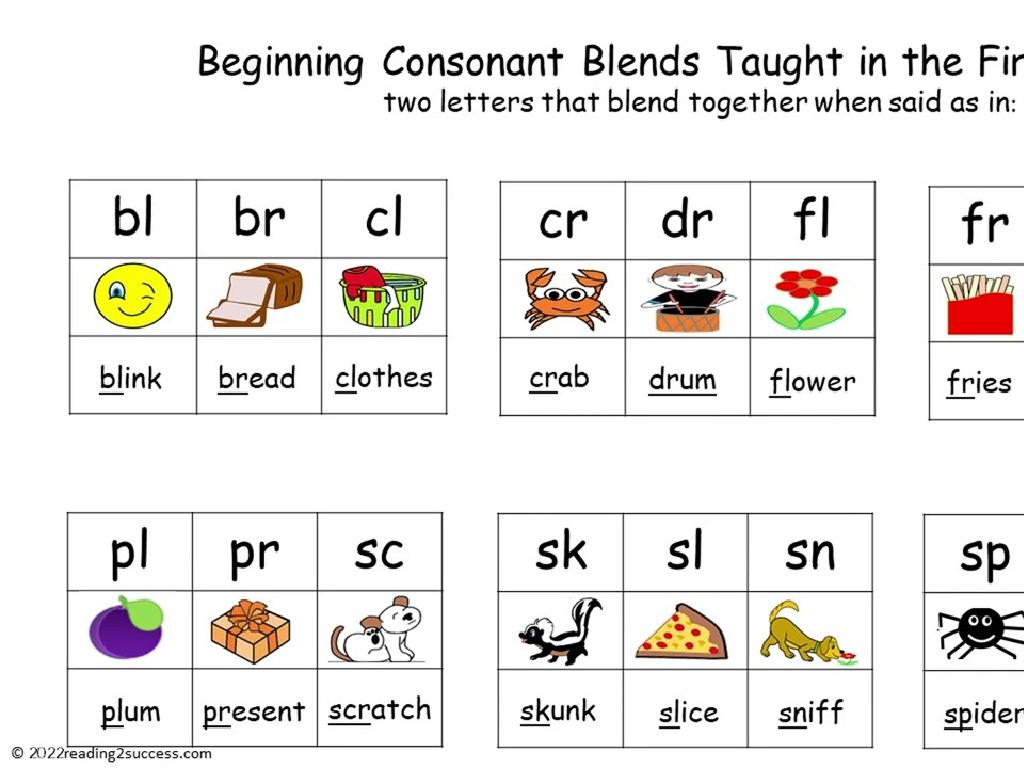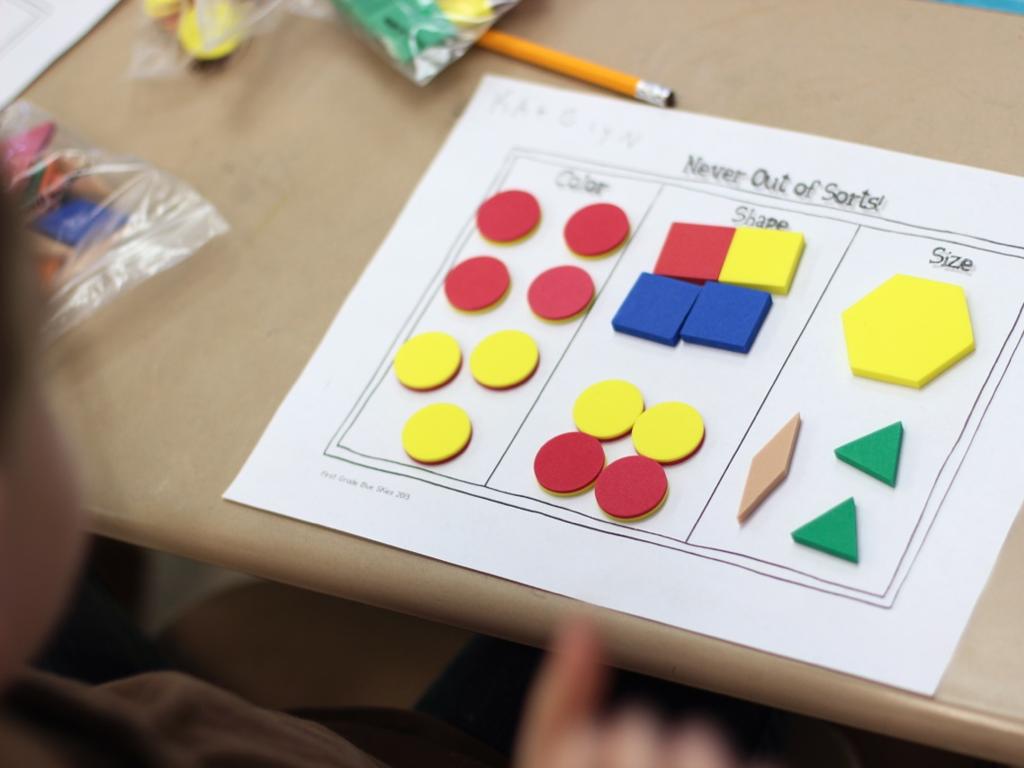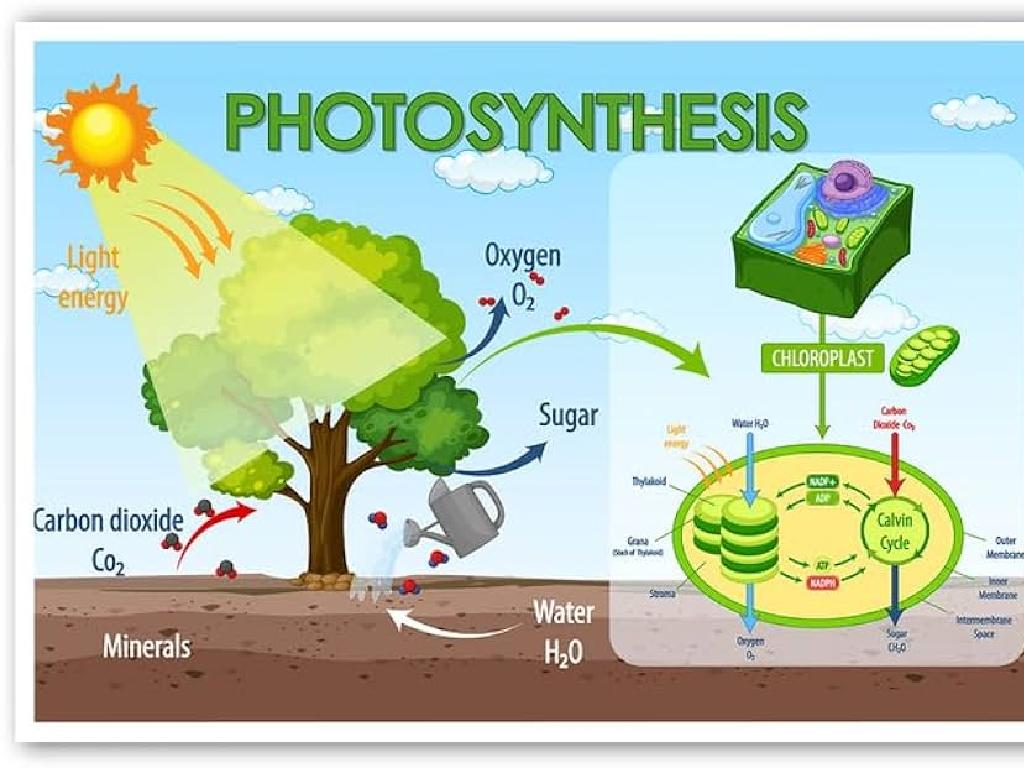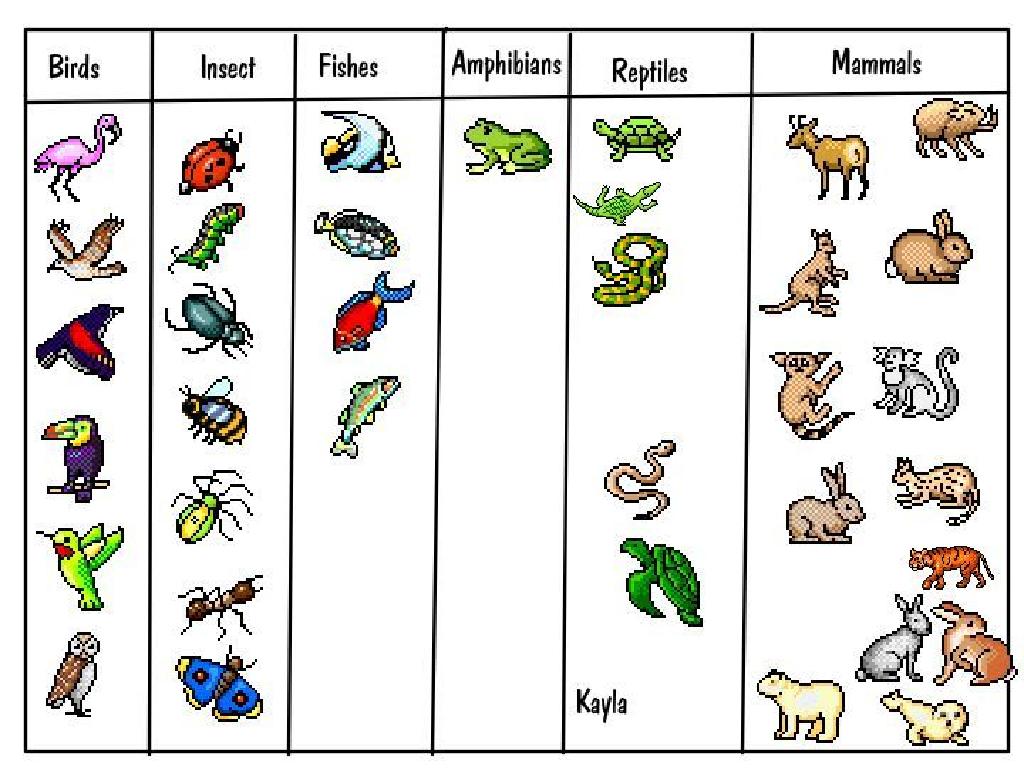Name States Of The Southeast
Subject: Social studies
Grade: Fifth grade
Topic: States
Please LOG IN to download the presentation. Access is available to registered users only.
View More Content
Welcome to the Southeast States!
– Explore the Southeast region
– A vibrant area known for its culture, climate, and history.
– Why learn these states?
– Knowing states helps us understand our nation’s geography and diversity.
– Today’s goal: Name the states
– We’ll learn all the states in the Southeast, from Texas to South Carolina!
– Fun facts about the Southeast
– Did you know? Florida is famous for oranges, and Georgia for peaches!
|
This slide introduces the Southeast region of the United States, which is rich in culture, history, and geographic diversity. Emphasize the importance of learning about the different states to gain a better understanding of the country’s landscape and cultural mosaic. Today’s lesson focuses on naming each of the Southeast states, helping students to become more familiar with this specific region. Incorporate fun facts to make the lesson engaging, such as mentioning the iconic products or landmarks of each state. This will help students remember the states more easily and spark their interest in the region’s unique characteristics.
Understanding States in the U.S.
– Definition of a state
– A state is a region with its own government
– States as part of a country
– States unite to form a larger country
– Roles of states in the U.S.
– They make local laws and contribute to the federal system
|
Begin the lesson by defining a state as a specific region that has its own government and borders within a country. Explain that the United States is made up of 50 states, each with its own set of laws and government, but all united under the federal government. Discuss how states have their own roles, such as creating local laws, managing resources, and taking care of their residents, while also being part of the larger national framework. This sets the stage for understanding the Southeast states as individual entities within the United States. Encourage students to think about their own state and its characteristics as an example.
Exploring the Southeast Region
– Locate the Southeast on a map
– Find the Southeast area below the Northeast on the U.S. map
– States in the Southeast region
– Include: Alabama, Florida, Georgia, and more
– Fun facts about the Southeast
– Did you know? Florida is known for its oranges!
|
This slide aims to familiarize students with the geography of the United States, specifically the Southeast region. Start by showing them how to identify the Southeast on a map, pointing out its location relative to other regions. Then, list the states that make up the Southeast, ensuring to include Alabama, Florida, Georgia, Mississippi, South Carolina, North Carolina, Virginia, Tennessee, and Kentucky. Share interesting facts, such as Florida being famous for oranges and Georgia known for peaches, to make the lesson engaging. Encourage students to think of the Southeast region’s climate, culture, and landmarks. This will help them connect the facts with a broader understanding of the region’s characteristics.
States and Capitals of the Southeast
– Memorize Southeast states
– States like Florida, Georgia, and Alabama are part of the Southeast.
– Learn each state’s capital
– Capitals such as Atlanta for Georgia, and Tallahassee for Florida.
– Use mnemonics for state-capital
– Create a phrase where the first letter matches the state and capital.
– Practice with quizzes and games
– Engage in classroom activities to reinforce your memory.
|
This slide aims to help students memorize the states in the Southeast region of the United States along with their capitals. Encourage students to use mnemonic devices, which are memory aids, to make the learning process easier and more fun. For example, they could use the phrase ‘A Giraffe Eats Apples Under A Large Tree’ to remember that Atlanta is the capital of Georgia. Incorporate interactive activities such as quizzes or matching games to reinforce their learning. Remind students that practice is key to memorization and understanding.
Cultural Significance of the Southeast States
– Diversity in Southeast culture
– A melting pot of various traditions and customs
– History and heritage of the region
– From Civil War sites to civil rights movements
– Geography’s impact on culture
– How mountains, coasts, and climate shape local culture
– Celebrating cultural uniqueness
– Festivals, music, and food as expressions of culture
|
This slide aims to give students an appreciation for the rich cultural diversity and historical significance of the Southeastern United States. Discuss how the Southeast is a blend of different cultures, including Native American, African, European, and more, which contributes to its unique cultural landscape. Highlight key historical events that have taken place in the Southeast and how they have shaped the region’s identity. Explain how the geography of the area, from the Appalachian Mountains to the coastal plains, influences the cultural practices, such as music, art, and cuisine. Encourage students to think about how their local culture is influenced by geography and history, and to celebrate the cultural uniqueness that each state brings to the nation.
Economic Activities in the Southeast
– Key industries in the Southeast
– Tourism, agriculture, and manufacturing
– Agriculture and regional products
– Cotton, oranges, peanuts, and tobacco
– Economy’s impact on daily life
– Jobs, community growth, and lifestyle
– Class discussion on local economy
|
This slide aims to educate students on the various economic activities that are prevalent in the Southeastern states of the U.S. Start by identifying the key industries such as tourism, which includes attractions like Disney World, agriculture with products like oranges from Florida and peanuts from Georgia, and manufacturing including automotive factories. Discuss how these industries contribute to the economy and influence the way people live, including the types of jobs available and how communities develop around these economic centers. Encourage students to think about their local economy and how it might be similar or different from those in the Southeast. Prepare to facilitate a class discussion where students can share their thoughts and relate the content to their own experiences.
Map Labeling Activity: Southeast States
– Receive your blank map
– Label states and capitals
– Find and write the name of each Southeast state and its capital city
– Group discussion of findings
– Review and correct mistakes
– We’ll talk about our maps and learn from each other
|
This class activity is designed to help students learn the Southeast states and their capitals through a hands-on exercise. Distribute blank maps to each student and provide them with a list of the states and capitals to assist them in labeling. Once the students have completed the task, facilitate a group discussion where they can compare their maps and discuss any uncertainties or discoveries they’ve made. This will be followed by a review session where any mistakes can be corrected, ensuring that all students leave the class with the correct information. Encourage students to ask questions and assist each other during the activity. Possible variations of the activity could include pairing students to work together, timing the activity for a fun challenge, or asking students to also include major landmarks or geographical features.
Quiz Time: States of the Southeast
– Name Southeast states
– Identify their capitals
– Pair up for the quiz
– Choose a classmate and work together
– Have fun and learn!
– Remember, it’s about learning, not just the score
|
This slide introduces a quiz activity to help students review their knowledge of the Southeast states and their capitals. Encourage students to pair up and foster a collaborative learning environment. Provide each pair with a quiz sheet that lists the Southeast states, leaving a blank space for the capitals. Remind them that the goal is to learn and reinforce their knowledge, not just to get a high score. After the quiz, go over the answers as a class and provide additional information or fun facts about each state and capital to enhance their learning experience. Consider offering a small reward for participation to motivate the students.
Recap: Southeast States and Capitals
– Review Southeast states and capitals
– Recall all the states we’ve learned like Florida (Tallahassee) and Georgia (Atlanta)
– Discuss cultural significance
– Remember the music, food, and traditions that make the Southeast unique
– Explore economic importance
– Think about industries like agriculture and tourism that thrive here
– Look ahead to the Northeast States
|
This slide aims to summarize our journey through the Southeast states. Start by reviewing the states and their capitals to reinforce memorization. Highlight the rich cultural aspects, such as the influence of jazz and soul food, which are integral to the Southeast’s identity. Discuss the economic contributions of the region, emphasizing agriculture with crops like oranges and peaches, and the booming tourism industry. Conclude by preparing the students for the next class, where they will embark on a new adventure exploring the Northeast states. Encourage them to reflect on the similarities and differences they might anticipate between the regions.






